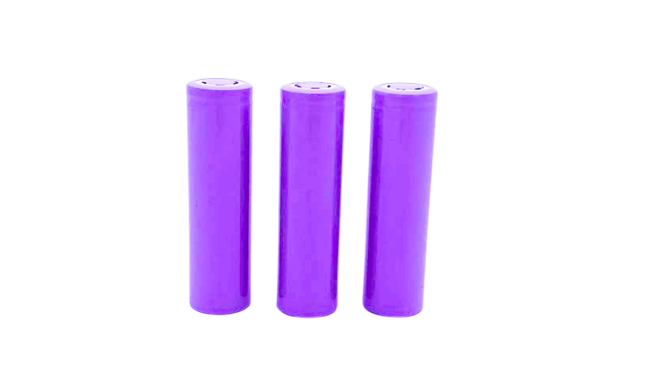Best
26650 lithium battery capacity sorting method.
The 6650 lithium battery capacity sorting method is the most prestigious. Generally, battery manufacturers will conduct battery capacity sorting when shipping 26650 lithium batteries. Each battery manufacturer's sorting method is also five strokes and eight gates. We have investigated multiple cylindrical 26650 battery sorting processes and summarized the best battery sorting method as follows:

1) Place it in the cabinet for 2 minutes and apply the stop voltage. If the stop voltage is less than 2.5V, it will be immediately removed from the cabinet and put into C mode for invalidation.
2) 0.5C (1500mA) constant current discharge, voltage constrained to 2.0V, time constrained to 150min;
3) Let it stand for 10 minutes;
4) 0.1C (300mA) constant current discharge, voltage constrained to 2.0V, time constrained to 60min;
5) Let it stand for 2 minutes;
6) 0.5C constant current charging, voltage constraint of 3.65V, time constraint of 150min;
7) 3.65V constant voltage charging, current cutoff: 0.05C (150mA), time constraint of 90min;
8) Let it stand for 2 minutes;
9) 0.5C constant current discharge, voltage constrained to 2.0V, time constrained to 150min;
10) Let it stand for 10 minutes;
11) 0.1C constant current discharge, voltage constraint of 2.0V, time constraint of 60min;
12) Let it stand for 2 minutes;
13) 0.5C constant current charging, voltage constraint of 3.65V, time constraint of 60min;
The 26650 lithium battery capacity sorting process, which is highly recommended for demand control in China's battery industry capital, is as follows:
Fill in the blank: 0.5C=0.5 * nominal capacity 0.1C=0.1 * nominal capacity 0.05C=0.05 * nominal capacity (and so on)
(Steps 2+4) are the remaining capacity of the battery cell, and (Steps 9+11) are the actual capacity.
Self discharge test method=2 * (nominal capacity * 0.5- remaining capacity)/(steps 9+11) * number of months left)
After completing the above steps, first assemble the actual capacity and self discharge of the battery cells. After 12 hours of completing the work steps, conduct a full inspection of the open circuit voltage and internal resistance, and match the voltage and internal resistance.
The sorting data processing requires saving the channel capacity data of Step 9, 0.5C (1500mAh) constant current discharge 3.2V. To use this capacity/Step 9 capacity, it needs to be greater than or equal to 40%. For example, Step 9, 0.5C (1500mAh) constant current discharge 3.2V channel capacity=1800mAh, Step 9 capacity=3200mAh. The calculation method is: 1800/3200=56%, which is a qualified battery cell. If it is less than 40%, it is an unqualified battery cell.
The battery cells are required to be assembled according to the chemical capacity batch (120pcs), and the assembly requirements are: 0.5C+0.1C capacity ≥ 3000mAh voltage ≥ 3.290V internal resistance ≤ 30 milliohms, monthly self discharge ≤ 10%. Capacity of 30mAh per level, internal resistance ± 2m Ω, voltage ± 2mV, self discharge tolerance ± 1%.
Non compliant batteries with self discharge, internal resistance, and retest capacity shall be returned to the warehouse in accordance with the standard documents. Unable to match the battery cell identification with the original batch and re inspection date, re stored according to the storage specifications.
The capacity of battery cells is affected by temperature. Temperature compensation needs to be calculated for the partial volume below 22 degrees Celsius.
